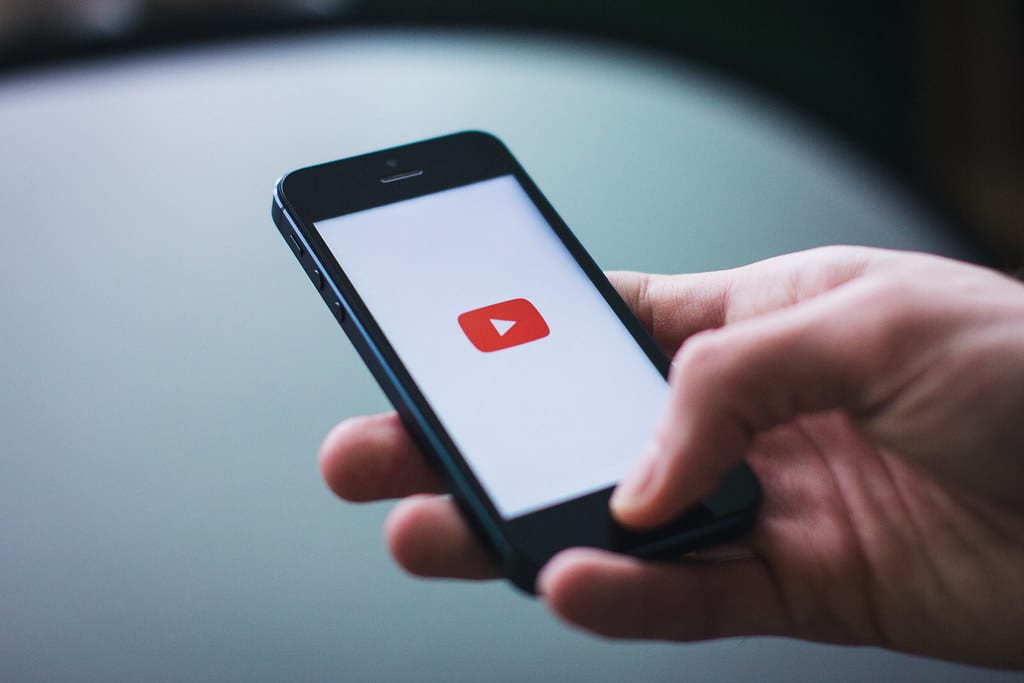As an increasing number of companies remove their YouTube sponsorships, will digital marketers see this tidal wave as a threat or an opportunity?
The Rise of Influencer Marketing
Marketing changed massively in the past decade. Consumers and advertisers moved online, as new technologies such as smartphones proliferated the market. The shift from physical media to digital content caused marketing teams to rethink their strategies to appeal to this online generation. Digital marketers must appeal to online consumers in an engaging way. There are many avenues that brands can use to reach their target audience online, such as Facebook or Instagram. One of the most popular platforms for creators and companies to engage with consumers on is YouTube.

YouTube is one of the largest consumer bases online, with over 2 billion daily users. The site hosts a wide range of content from cooking tutorials to sports analysis to gaming clips. This offers digital marketers a wide range of market segments to target. Firms can advertise on YouTube through Google Ads or by working directly with content creators to sponsor their videos.
Influencer marketing is incredibly beneficial for marketers as it allows them to put their products and services in front of their target audience. Some viewers will want to engage with the brand to support their favourite creators. This also overcomes the issue of AdBlock as the promotion is embedded directly in the content. Influencer marketing has grown rapidly in recent years, partly due to the YouTube Adpocalypse.
The YouTube Adpocalypse Explained
YouTube’s first Adpocalypse struck in 2017 when many global brands, such as Coca-Cola, boycotted the site upon the realisation that their advertisements appeared on videos promoting hate speech. A key moment that led to advertisers boycotting the platform was popular creator Pewdiepie making anti-Semitic jokes. In response to the numerous complaints these issues received, YouTube de-monetised thousands of videos that were deemed unworthy of advertisements.
Since this original boycott, the site faced other issues with advertisers. Brands such as AT&T stopped advertising on the platform following popular vlogger Logan Paul’s infamous video featuring an actual corpse and investigations into inappropriate comments left on videos featuring children.
This showed the potential perils of online advertising. Anyone could post a video on YouTube and marketers were often unaware of which videos their adverts appeared. In response to these issues, many creators and brands began using partnerships and sponsored content to promote products. This appears to be a safer way to promote your brand as marketers can ensure that they are only associated with content that aligns with their values. However, this form of digital marketing has come under scrutiny recently and may not be as reliable as it seems.
Recent Trends in YouTube Advertising
David Dobrik is one of the YouTube creators who embraced the opportunity provided by the Adpocalypse. By collaborating with brands, such as SeatGeek, and promoting their services in novel ways, Dobrik became one of the most successful creators on the site. However, recent controversies surrounding his past content led to many of the brands he collaborated with terminating their partnerships with him.
As the site continues to grow and more creators come under scrutiny, digital marketers have to reassess their strategies.

Dobrik is one of numerous YouTube content creators that have lost sponsorships for past content, such as Jeffree Star. Viewers of these channels hold the creators accountable for past behaviour. Brands may wish to avoid any negative backlash they could receive through association.
As the site continues to grow and more creators come under scrutiny, digital marketers have to reassess their strategies. While YouTube is a large and lucrative platform, brands have boycotted it in the past due to similar issues. Traditional online adverts do not offer the same benefits as sponsored content, but there are new platforms with large creators. The rise of sites such as TikTok offers marketers new avenues to enter if they choose to boycott the video-streaming site again.
Future Possibilities
Will this spell doom for brands seeking to sponsor creators on YouTube? Will marketers see it as an opportunity to reach audiences they couldn’t afford to before by collaborating on a creator’s comeback content? It depends on the companies own brand image and what content they wish to be associated with. Consumers often use social responsibility to guide purchases. Brands respond to this by promoting themselves as inclusive and inoffensive. However, some marketers have succeeded through the use of politically incorrect tactics, such as Protein World’s ‘Beach Body Ready’ campaign. Each marketing team should be guided by their company’s ethos.
Digital marketing has changed massively in recent years and may face more challenges in the years ahead. Marketers must be ready to adapt to this ever-changing environment and overcome obstacles. To learn more about how digital marketing can help your brand read this article.




Recent Comments